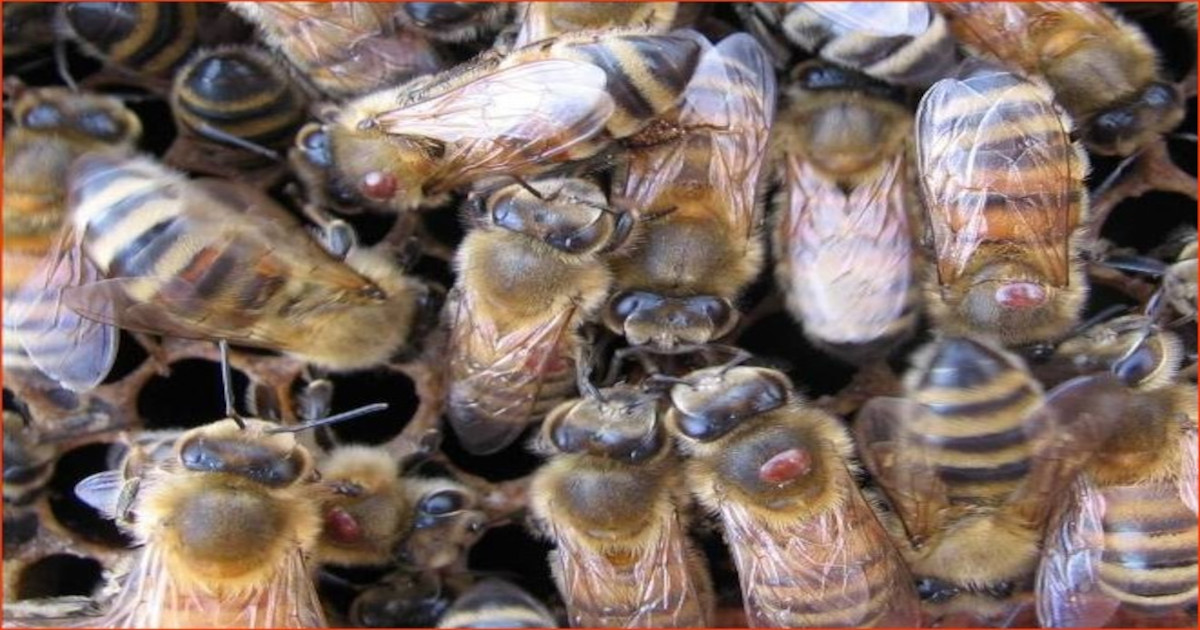Integrated Pest Management and Its Role in Biodiversity Conservation
A special issue of Diversity (ISSN 1424-2818). This special issue belongs to the section "Biodiversity Conservation".
Deadline for manuscript submissions: 30 April 2026 | Viewed by 3541

Special Issue Editors
Interests: integrated pest management; plant and crop protection; agricultural entomology; applied entomology; honey bee
Interests: honey bee; pest and pathogen management; bee epidemiology and toxicology
Interests: entomology; agroecosystems; landscape ecology; spatial dynamics of insects; plant-insect interactions; pollinator ecology
Special Issue Information
Dear Colleagues,
Integrated pest management (IPM) has long been the foundation of effective crop protection strategies, combining ecological principles with practical tools to manage pest populations sustainably. By integrating cultural practices, monitoring, and decision aids, IPM aims to enhance environmental resistance and reduce reliance on chemical interventions. As agricultural systems face new challenges from increases in global demand and climate change, IPM practices must adapt to ensure continued efficacy and sustainability.
A critical aspect of IPM is its role in biodiversity conservation. Invasive pest species pose significant threats to native ecosystems, making effective pest management crucial for successful ecological restoration. Different IPM approaches, from suppression to eradication of invasive pests, have been shown to impact biodiversity positively across various trophic levels. This Special Issue will examine how innovative pest management strategies contribute to ecological health and the preservation of biodiversity.
For example, advancements in bee IPM—such as new methods for controlling key pests and diseases like Varroa mites and Nosema disease—are crucial not only for maintaining bee populations but also for supporting broader ecosystem stability.
We invite submissions that address recent advancements in IPM, its impact on agricultural and ecological systems, and its role in enhancing biodiversity conservation. Contributions that offer novel insights into pest management techniques and their effects on ecosystem health are encouraged.
Dr. Rassol Bahreini
Dr. Cameron Jack
Dr. Isaac Esquivel
Guest Editors
Dr. Vahid Ghasemi
Guest Editor Assistant
Manuscript Submission Information
Manuscripts should be submitted online at www.mdpi.com by registering and logging in to this website. Once you are registered, click here to go to the submission form. Manuscripts can be submitted until the deadline. All submissions that pass pre-check are peer-reviewed. Accepted papers will be published continuously in the journal (as soon as accepted) and will be listed together on the special issue website. Research articles, review articles as well as short communications are invited. For planned papers, a title and short abstract (about 100 words) can be sent to the Editorial Office for announcement on this website.
Submitted manuscripts should not have been published previously, nor be under consideration for publication elsewhere (except conference proceedings papers). All manuscripts are thoroughly refereed through a single-blind peer-review process. A guide for authors and other relevant information for submission of manuscripts is available on the Instructions for Authors page. Diversity is an international peer-reviewed open access monthly journal published by MDPI.
Please visit the Instructions for Authors page before submitting a manuscript. The Article Processing Charge (APC) for publication in this open access journal is 2100 CHF (Swiss Francs). Submitted papers should be well formatted and use good English. Authors may use MDPI's English editing service prior to publication or during author revisions.
Keywords
- integrated pest management
- biodiversity conservation
- invasive species
- ecological restoration
- bees
- pest control innovations
- agricultural sustainability
Benefits of Publishing in a Special Issue
- Ease of navigation: Grouping papers by topic helps scholars navigate broad scope journals more efficiently.
- Greater discoverability: Special Issues support the reach and impact of scientific research. Articles in Special Issues are more discoverable and cited more frequently.
- Expansion of research network: Special Issues facilitate connections among authors, fostering scientific collaborations.
- External promotion: Articles in Special Issues are often promoted through the journal's social media, increasing their visibility.
- Reprint: MDPI Books provides the opportunity to republish successful Special Issues in book format, both online and in print.
Further information on MDPI's Special Issue policies can be found here.





